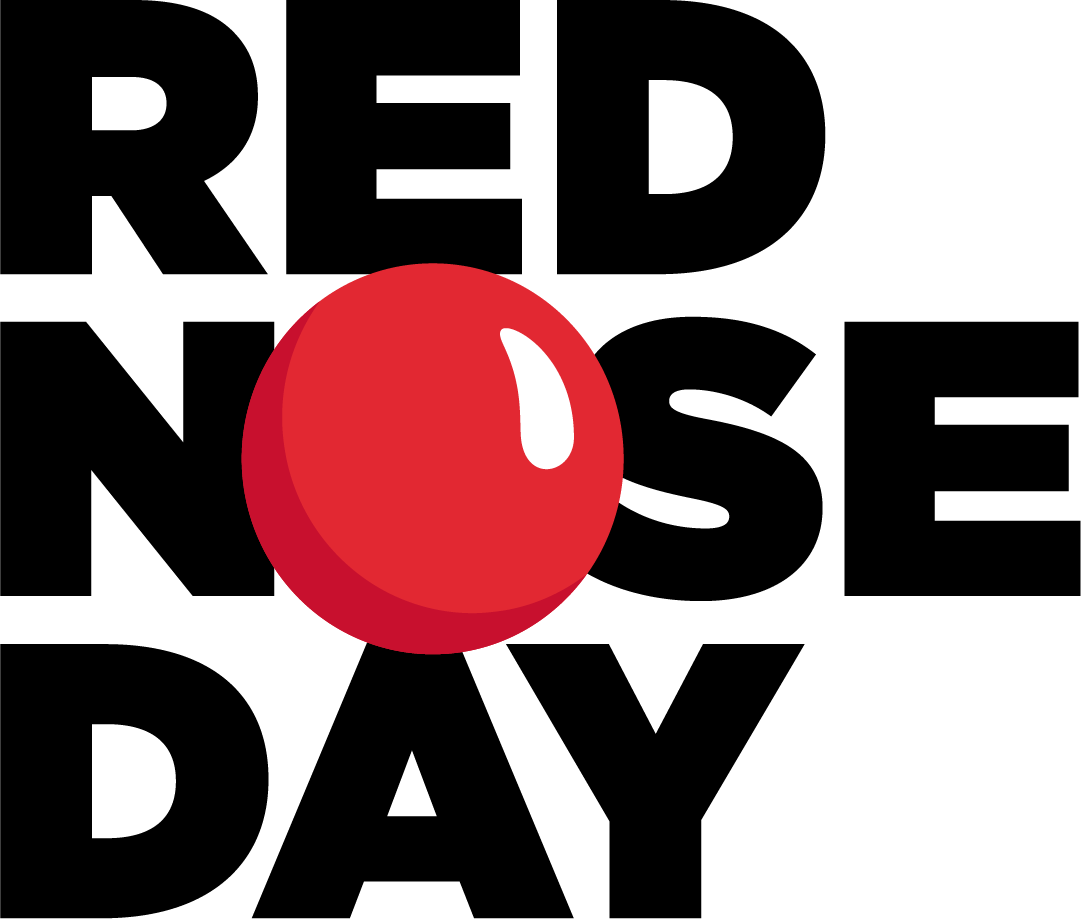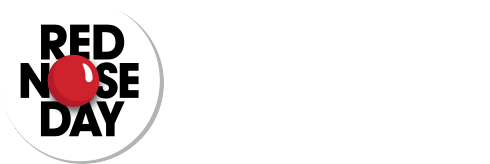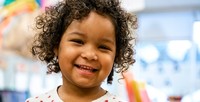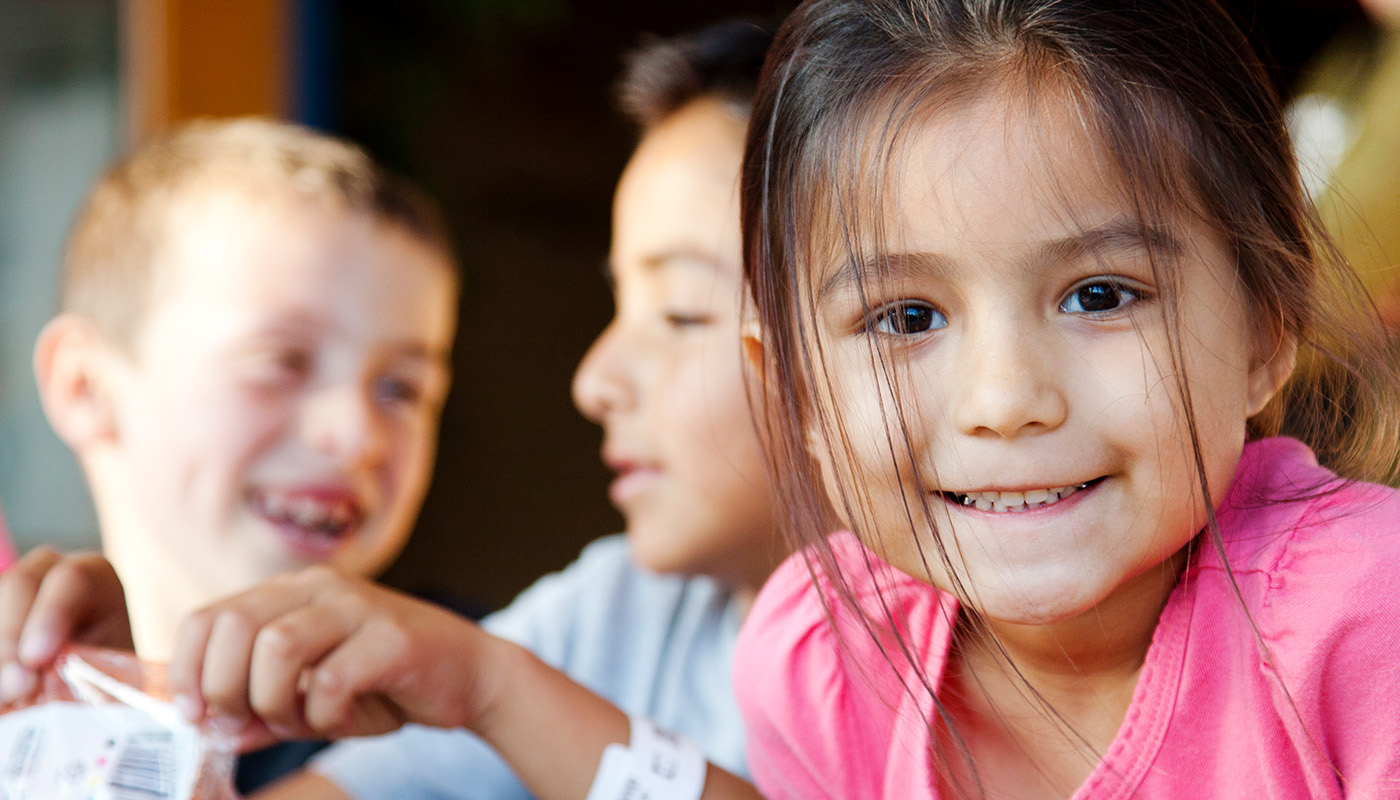
How COVID-19 is affecting the most vulnerable children
Today, communities are facing an unprecedented danger with COVID-19. The outbreak threatens vulnerable children, and the organizations supporting them, in an extraordinary way.
From today, and throughout our Red Nose Day campaign, we will be directing funds to address the impact of COVID-19 on children living in poverty. Read the letter from our CEO about our response.
Your ongoing support of Red Nose Day will continue to allow necessary resources to meet the continuously evolving demands of this pandemic. Please consider making a donation now.
How does COVID-19 (coronavirus) impact children living in poverty?
While the virus appears to be less physically harmful to children than other age groups, the widespread economic and social impacts of the virus will have significant implications for many of the most vulnerable children – children who are living in poverty.
Below are just some of the ways that the Coronavirus crisis is affecting children and young people who are already living in the toughest of circumstances.
1. Food Insecurity
Many children from low-income families rely on school for regular, healthy breakfasts, lunches and even take-home food for evenings and weekends. With thousands of schools closing across the country for the safety of children and communities – alongside millions of families under increased economic stress because of illness, reduced work hours and business closures – feeding programs for kids are more critical than ever.
Our partners at Feeding America and Boys & Girls Clubs of America are on the front lines to help ensure that kids in need can get the basics and end child food insecurity.
2. Gaps in education and learning loss
When schools close, it not only interrupts access to free or reduced meals for millions of kids in need, it also impacts other essential services: from kids having a safe place to spend their day, to after school care, extracurricular activities and of course their education – crucial to help break the cycle of poverty. If kids miss out on precious days of school, they may never catch up, and this is especially true for low-income families who may have less means to help them make up any gaps.
These issues not only impact children living in America – the same is true internationally too. And it’s exactly these challenges that partners like Boys & Girls Clubs of America, Ounce of Prevention, and Save the Children are aiming to tackle every day to try to ensure children continue to have access to the education and other services they so vitally need to succeed. Here are some resources for parents, kids and coronavirus.
3. Greater barriers to everyday health needs
While reports suggest that children aren’t physically as vulnerable to the virus, the health and wellbeing of the adults in a child’s life has a direct impact on their safety and mental health.
In these uncertain times, families experiencing poverty may suffer greater impacts if they need to miss work because they fall ill, or can’t find care for kids when schools are closed. Interruptions in income can make treating existing illnesses – like asthma or diabetes – even harder, with families having less means to pay for health services at a time when the system is under significantly increased pressure.
Both here in the US and internationally, there are grave concerns that health systems will not be able to cope with the enormous influx of people needing care, as we have seen in many more economically developed countries already.
Vulnerable children and families become even more vulnerable during a major public health crisis, which is why our partners like Children’s Health Fund, UnidosUS and Amref are preparing, and working to show up to support and care for children most in need.
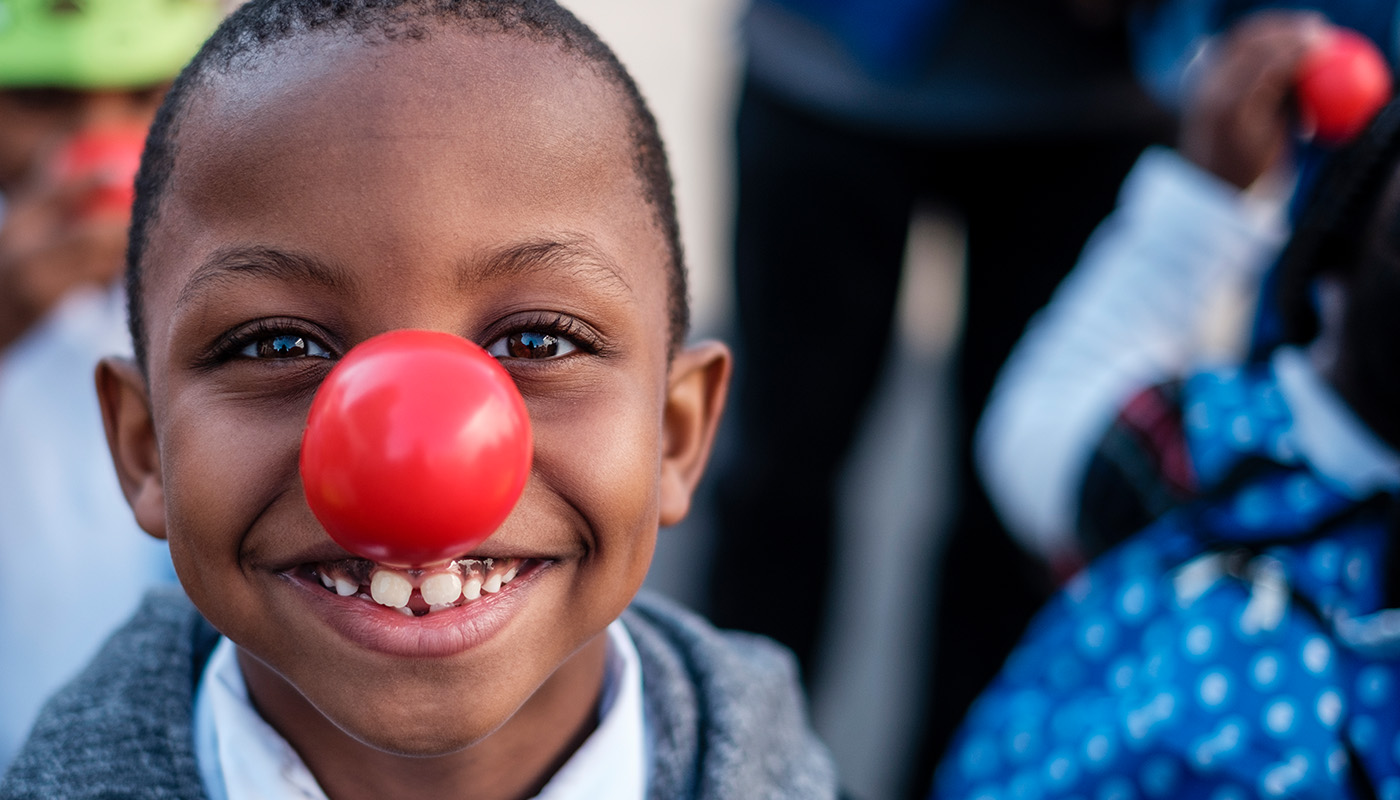
4. Increased risk for homeless and street-connected children and youth
Did you know an estimated 40% of Americans couldn’t come up with $400 in a crisis? The ongoing economic impacts of Coronavirus are enormous, and more American families may find themselves without housing if their bills can’t be paid.
Additionally, the thousands of youth who are already facing homelessness, like those served by our partner Covenant House, are more likely to get sick, have less capacity to safely follow the recommendations to isolate out of harm’s way, and may even suffer higher mortality rates because of the difficult experiences they have faced in their lives already.
The knock-on impacts of the virus mean many young people have reduced work hours or no work at all – putting them at greater risk of losing stable housing or interrupting their journey towards independence, and putting even more pressure on already limited services and support.
Similarly, millions of street-connected youth around the world – like those served by our partner Consortium for Street Children – are in extreme danger during health crises, spending nights together outdoors, or living in public areas or informal settlements. They may not be informed about new health risks and how to protect themselves, their immune systems may be compromised due to a lifetime of poor nutrition, or they cannot access mainstream health care. Find out more about homelessness and COVID-19.
5. Making the vulnerable even more vulnerable
When disaster strikes, it is the most vulnerable who are the most at risk, and that is true during the Coronavirus crisis too. Children and families living in poverty have less capacity, resources, and opportunity to stay safe, and less ability to weather the negative economic and social impacts that will result.
In addition, much of the attention and funding may be redirected to meet new, urgent issues, which can take the focus off an already critical list of vital needs and life-saving interventions that will enable kids to survive and thrive - from clean water, shelter and nutrition to vaccines and treatments for life threatening diseases like polio, HIV and malaria.
That why our partners like The Global Fund, International Rescue Committee, Save the Children, Laureus Sport for Good and so many others are not only responding to the changing needs created by COVID-19, including providing information, supplies and services in disadvantaged and high-risk communities. They are also continuing their incredible work to ensure children in need are safe, healthy and educated across all 50 states, Puerto Rico, are in many of the poorest communities around the world. Learn more about the effects of COVID-19 on children in our communities.
We must act now to combat the long-term educational, economic, and health effects that children in need and their families are facing.

Children need your help now.
The impact of the COVID-19 crisis threatens children living in poverty in an unprecedented way. Your gift to Red Nose Day supports our efforts to keep children safe, healthy, and educated in the face of the Coronavirus pandemic.
